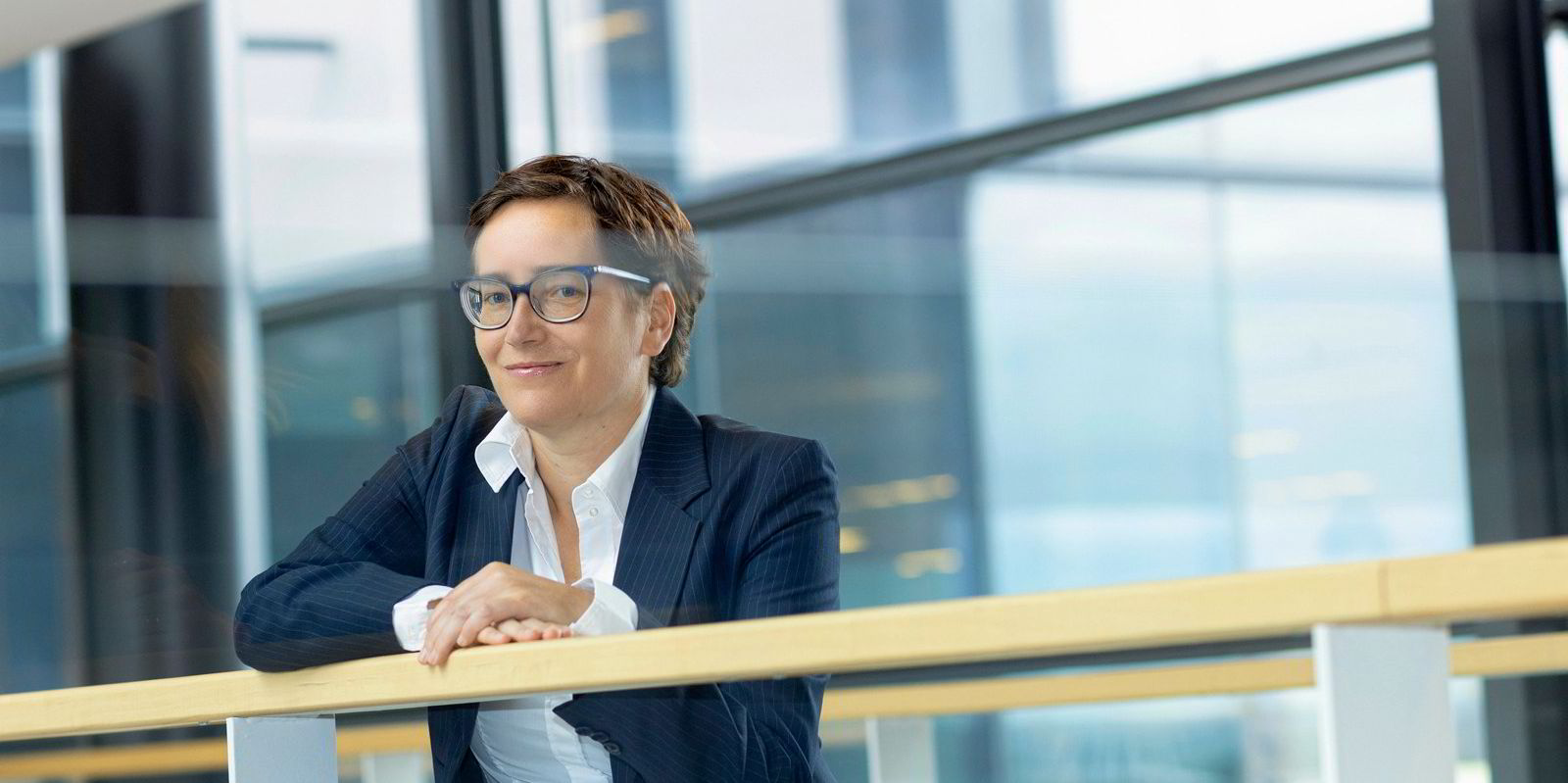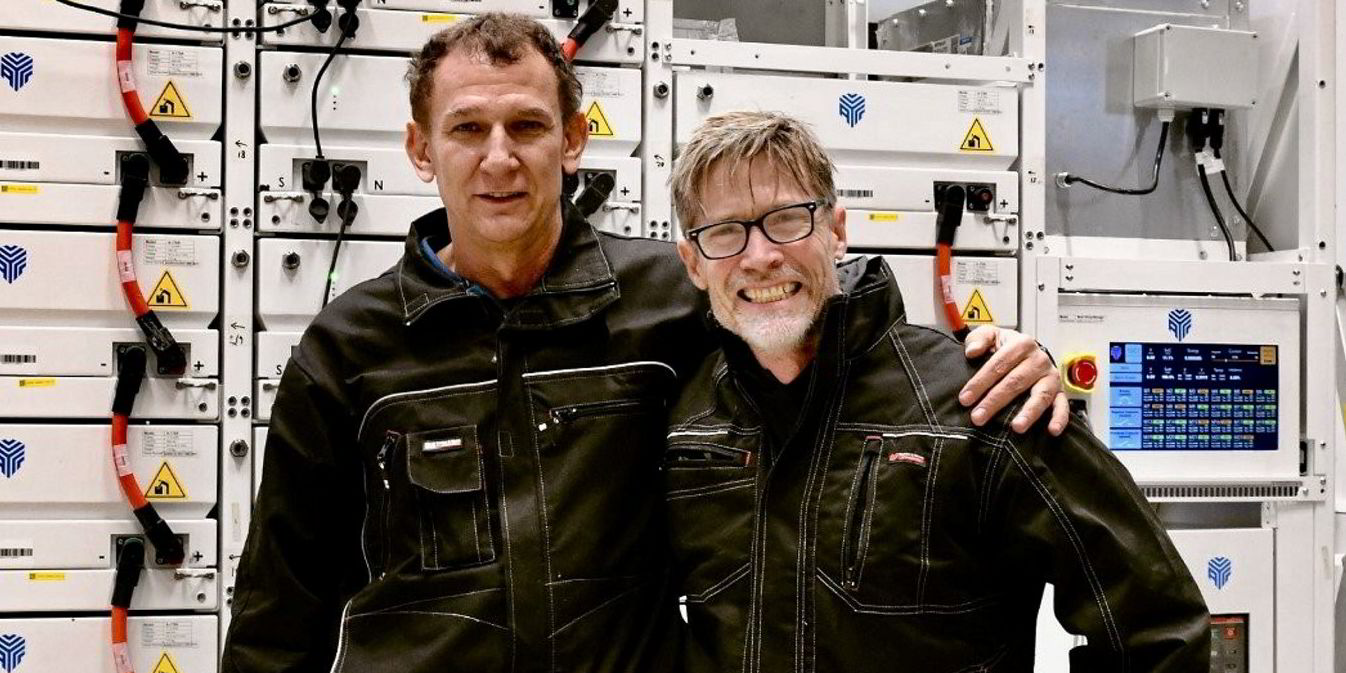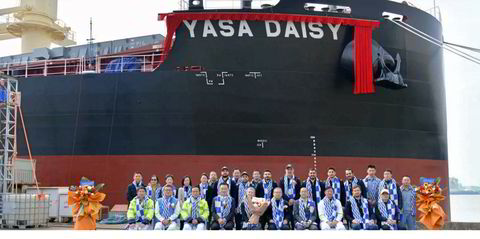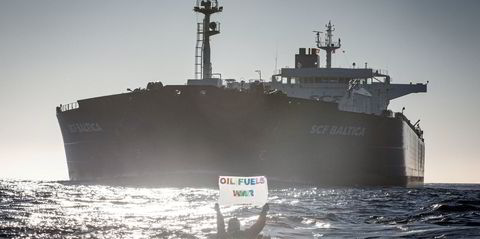Finnish technology giant Wartsila is deep in discussions with shipowners about retrofits to cut emissions and boost fuel efficiency.
But Tamara de Gruyter, president of Wartsila Marine Systems, told TradeWinds that companies are facing challenges in working out the best solution for their vessels and their budgets.
She said decarbonisation support through retrofits is “a hot topic” at the moment.
Demand for scrubber installations is stable, but the price spread between high and low-sulphur bunkers has narrowed a little compared to last year, she added.
“There is a slight uptake on enquiries but it is still a bit similar [to the previous quarter],” de Gruyter said.
“Yes, there will be shipowners still investing in it, quite clear, but there are also shipowners that are struggling a bit with how to go on this whole decarbonisation journey — where should I invest now?” she added.
“There are short, medium and long-term horizons and shipowners are having challenges now because the Carbon Intensity Indicator has kicked in,” the president said.
Talks with owners centre on the age, type and areas of operation of vessels.
“We are having these discussions with every shipowner, because it is very bespoke, for every shipowner it’s different,” de Gruyter said.
“Scrubbers can also be part of the conversation as well, not so much for decarbonisation but it also generates savings, which can then be redeployed in further upgrades,” she explained.
Modified engines
Hannu Mantymaa, vice president of performance services at Wartsila Marine Power, said there is no single solution.
But the group’s Fit4Power service is gaining traction, he added.
He describes this as a “radical de-rating solution” for two-stroke engines, allowing owners to improve fuel efficiency and reduce emissions.
Engine efficiency can be improved by 15% or more, the VP told TradeWinds.
This involves a physical modification of the engine to significantly reduce its bore size.
Wartsila claims this can extend an average ship’s Carbon Intensity Indicator compliance by three to five years, offering breathing space until uncertainties in fuel availability and cost are resolved.
De Gruyter said the group is also in talks with more owners to include a carbon capture-ready element to scrubbers, after winning its first order for this product from an unnamed container ship owner in March.
Tests of a 1-MW system are being carried out on land in Norway.
The first full-scale pilot will take place on a vessel at the end of this year, or the start of 2024.
Then the system will be further optimised, with an eye on a commercial release somewhere at the end of next year or the start of 2025, the executive said.






